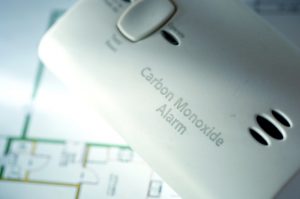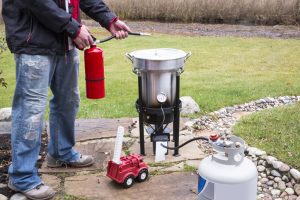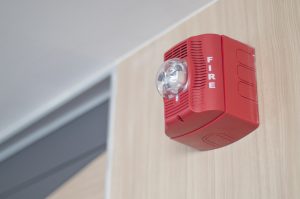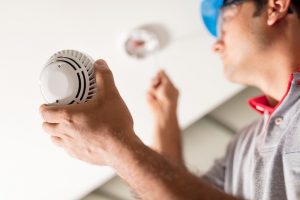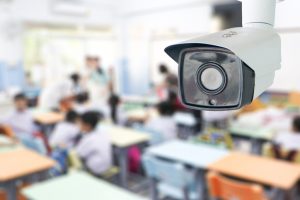You may think of your chimney as an architectural adornment that provides warmth on cold winter days, but in reality, it’s a tunnel to remove dangerous flue gasses from your home. These fumes cause condensation inside the chimney, which in turn deposits creosote — a highly flammable chemical that frequently causes chimney fires.
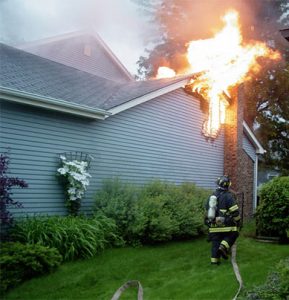
As this blog has previously noted, the threat of chimney blazes in New England, and beyond, is real. Chimney fires can have many consequences, including tragic ones. In Massachusetts alone, in 2018, there were 556 fires involving chimneys, fireplaces and wood stoves, according to mass.gov. These led to one death and $3 million in property losses.
Additionally, the very nature of chimney fires makes them extremely dangerous, according to an informative website. The fires aren’t dramatic: they survive on limited air and fuel, meaning they burn slowly — and are often undetected until an inspection. Without the owner realizing what’s happening, these fires can melt a chimney, or make it crack and collapse. Then the fire moves into the house — and potentially, into the wood frame.
Lack of Diligence Makes Chimneys Risky
Chimney fires can strike anywhere. In February, a chimney fire in Plympton, Massachusetts, ignited the roof of a house, according to the local press. It took firefighters 10 minutes to control the blaze, and luckily, there were no injuries. “This incident could have been a lot worse and is a good reminder to make sure your chimney is inspected and cleaned yearly,” the Plympton Fire Department proclaimed on Facebook.
Read more →
 list.
list. 




